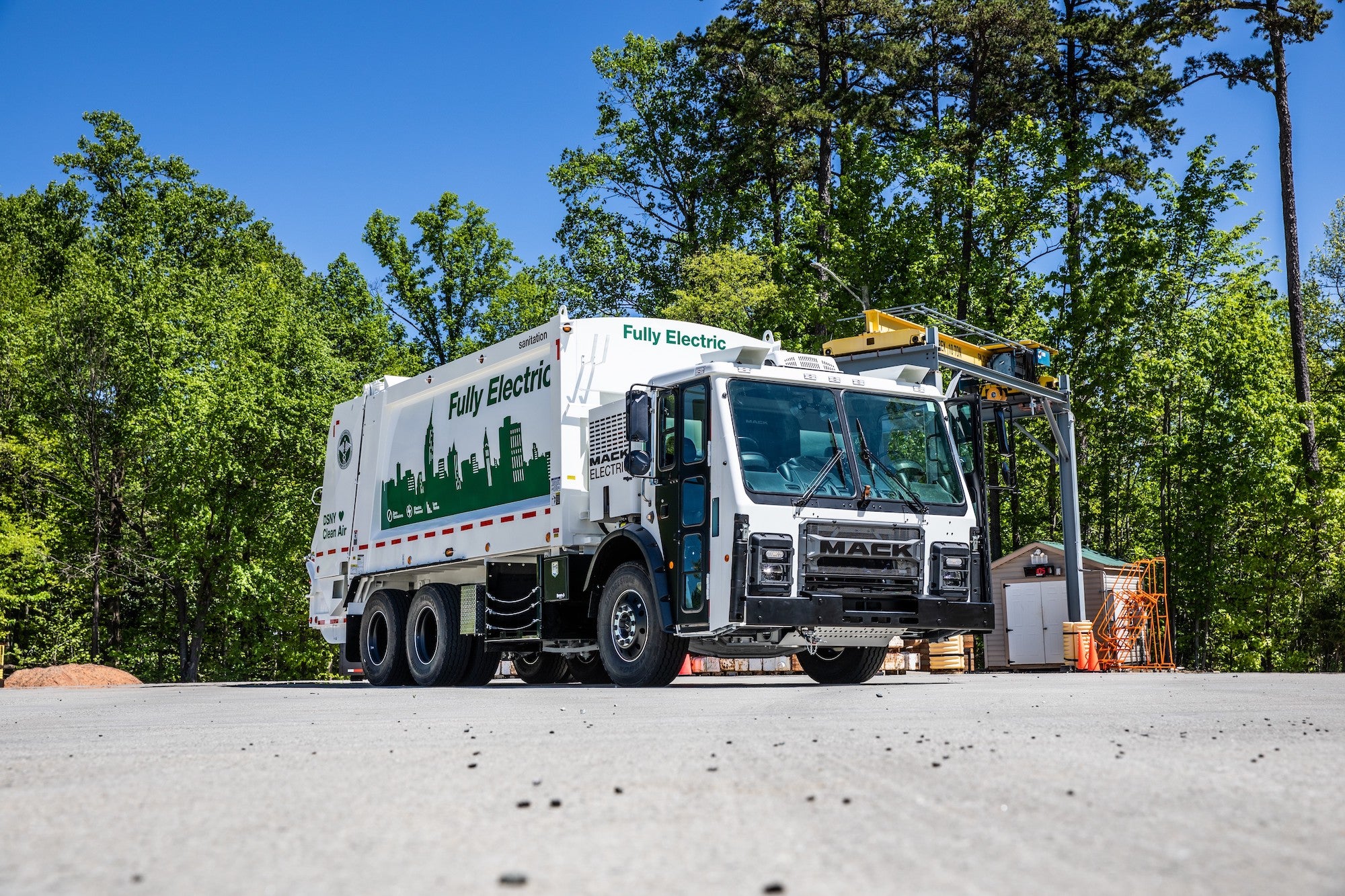Hey guys & gals, I'm new around here and just wanted to get the latest info on the CT as I have a deposit, like many others.
A couple of unrelated points I thought I'd mention in no particular order:
1) The CT has seats that don't appear to be nearly as thick as normal truck seats. I consider this a HUGE advantage for space savings. As a result it appears the rear passengers butts are quite low leaving enough head room even with the aero shape applied to the CT roofline.
2) The product that should be shelved is the Tesla Semi. I work in trucking and do have some inside info on this topic that would be inappropriate to share. But what can be noticed and discussed with anyone is that current and near term future battery technology doesn't provide enough energy density for heavy loads. I get all the arguments (spoke operation, short runs, etc) but trucking has new emissions standards coming out and Cummins will have a production CNG engine that can be installed in any brand of truck, with no emissions, very quiet, extremely cheap to operate (much cheaper than current diesels), with a comparatively small upcharge over current diesel offerings (upcharge about $50K, vs. 400K for EV) compared to what EV trucks with a fraction of the performance, will cost. The fueling infrastructure is already essentially in place because gas pipelines already run down every major route. The engines we sold like this 10+ years ago have turned out to be extraordinarily reliable and will just get better. The math just makes EV semis a bad choice considering current battery tech. And frankly the CNG is more enviro friendly.
The place for EVs is smaller lighter vehicles. Passenger cars, motorcycles, riding mowers, maybe skidsteers, and vehicles like the CT for people like me that use a truck daily but don't pull heavy trailers and if I did it would be for a short distance.
A couple of unrelated points I thought I'd mention in no particular order:
1) The CT has seats that don't appear to be nearly as thick as normal truck seats. I consider this a HUGE advantage for space savings. As a result it appears the rear passengers butts are quite low leaving enough head room even with the aero shape applied to the CT roofline.
2) The product that should be shelved is the Tesla Semi. I work in trucking and do have some inside info on this topic that would be inappropriate to share. But what can be noticed and discussed with anyone is that current and near term future battery technology doesn't provide enough energy density for heavy loads. I get all the arguments (spoke operation, short runs, etc) but trucking has new emissions standards coming out and Cummins will have a production CNG engine that can be installed in any brand of truck, with no emissions, very quiet, extremely cheap to operate (much cheaper than current diesels), with a comparatively small upcharge over current diesel offerings (upcharge about $50K, vs. 400K for EV) compared to what EV trucks with a fraction of the performance, will cost. The fueling infrastructure is already essentially in place because gas pipelines already run down every major route. The engines we sold like this 10+ years ago have turned out to be extraordinarily reliable and will just get better. The math just makes EV semis a bad choice considering current battery tech. And frankly the CNG is more enviro friendly.
The place for EVs is smaller lighter vehicles. Passenger cars, motorcycles, riding mowers, maybe skidsteers, and vehicles like the CT for people like me that use a truck daily but don't pull heavy trailers and if I did it would be for a short distance.




